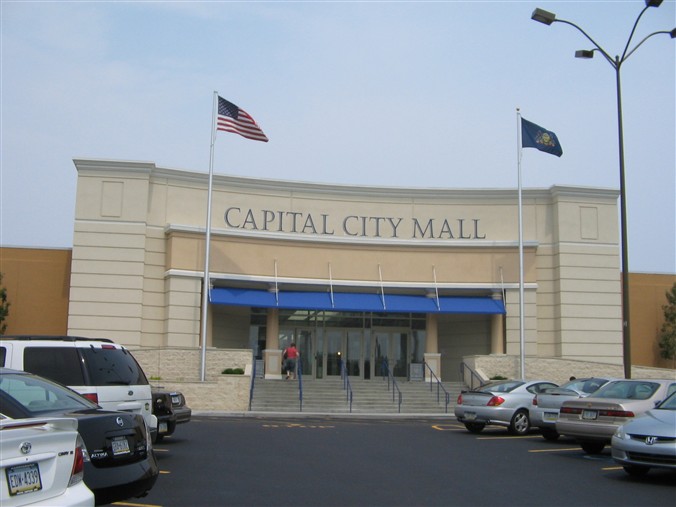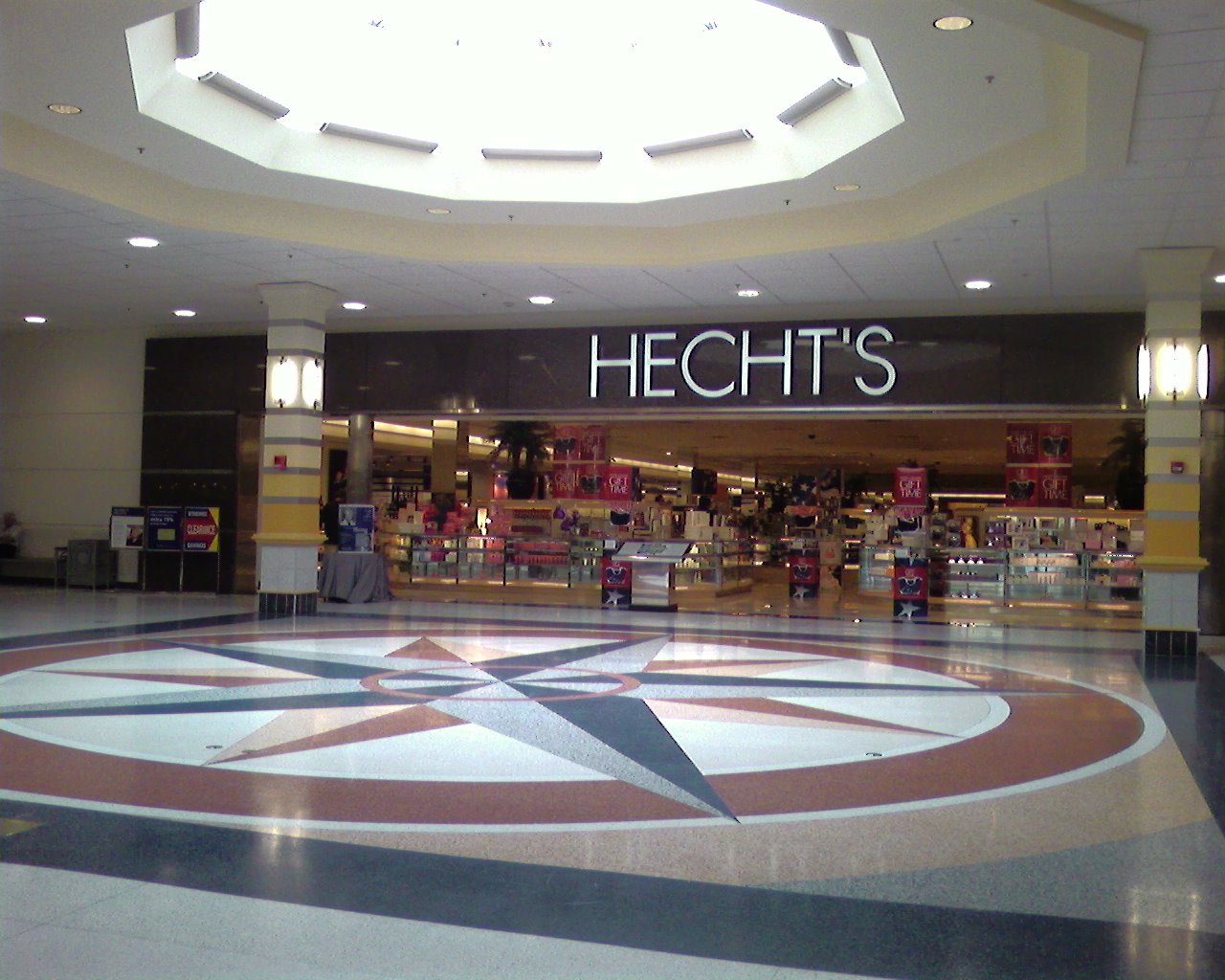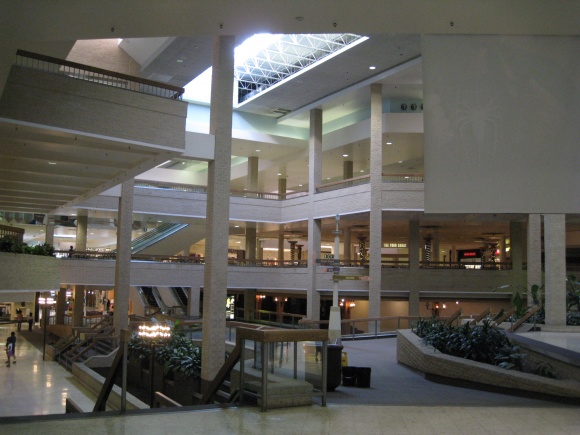
Neatly perched atop a giant slag pile nine miles southeast of downtown Pittsburgh, Century III Mall has an interesting name and an even more interesting history.
Opened in 1979, Century III Mall was the result of a mutually beneficial partnership between regional real estate magnate Edward DeBartolo of Youngstown, Ohio, who wanted to build a giant mall, and the U.S. Steel Corporation, who had a giant mountain of slag marring the landscape south of Pittsburgh that needed a better use. For those who don’t know, slag is a by-product of steel production, and for many decades the slag from Pittsburgh’s steel mills was transported to this site until it became an otherworldly artificial mountain taller than anyone could have imagined, disaffectionally known as Brown’s Dump.
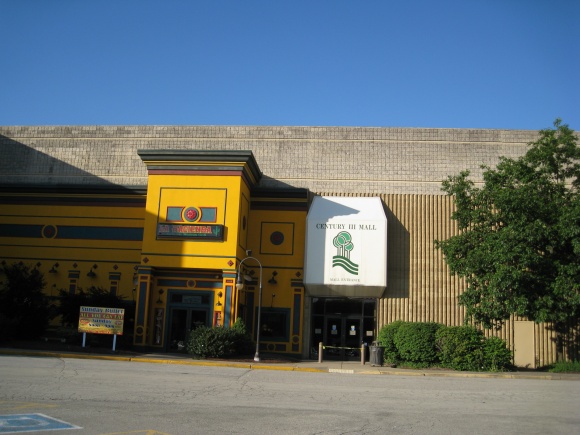 Before Brown’s Dump could be successfully turned into the retail strip consisting of box stores, restaurants, and the Century III Mall that exist there today, the site needed to be carefully remediated. This involved sealing and filling the mines with concrete and the cleaning and leveling of surfaces. One source reported that more concrete was used to seal and fill the mines than was used in the entire mall and all of its adjacent retail structures combined. There are still surviving ladle cars near the mall, remnants of its former land use.
Before Brown’s Dump could be successfully turned into the retail strip consisting of box stores, restaurants, and the Century III Mall that exist there today, the site needed to be carefully remediated. This involved sealing and filling the mines with concrete and the cleaning and leveling of surfaces. One source reported that more concrete was used to seal and fill the mines than was used in the entire mall and all of its adjacent retail structures combined. There are still surviving ladle cars near the mall, remnants of its former land use.
When Century III opened in 1979, it was apparently one of the largest enclosed malls in the world; and, despite its location, squirreled away in the southeast suburbs of Pittsburgh, it immediately became a super-regional draw. Century III’s unique name comes from being completed slightly after America’s 1976 Bicentennial, so it was aptly named for the dawn of America’s third century.
Century III opened in two phases. According to commenter Eric S., Phase I opened in October 1979, with two two-level anchors: Kaufmann’s and JCPenney. The second phase opened in March, 1980, and added a two-level Montgomery Ward. Several months later, in Fall 1980, Sears and Gimbels opened, which were also two level anchors. After the mall was complete, it had 5 two-level anchors and an awesome floorplan. The mall is two levels throughout, with a three-level labyrinth of confusing platforms, connections, wall-sized mirrors and walkways at the Sears end. Architecturally, this end of the mall and the aforementioned features are what makes this mall amazing and unique.
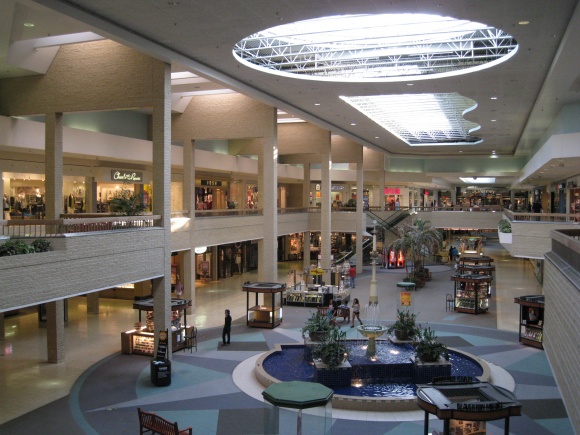 Anchor changes at Century III began in 1986, with the closure of Montgomery Ward. It was replaced right away by Pittsburgh-based Horne’s, and later became Columbus-based Lazarus in 1994. Lazarus pulled out after four short years in 1998, and the anchor became a Kaufmann’s Furniture Gallery, which then became Macy’s Furniture Gallery in 2006 until that closed in January 2009. As of 2010, it’s still sitting vacant.
Anchor changes at Century III began in 1986, with the closure of Montgomery Ward. It was replaced right away by Pittsburgh-based Horne’s, and later became Columbus-based Lazarus in 1994. Lazarus pulled out after four short years in 1998, and the anchor became a Kaufmann’s Furniture Gallery, which then became Macy’s Furniture Gallery in 2006 until that closed in January 2009. As of 2010, it’s still sitting vacant.
The second anchor to switch hands was Gimbels, which closed in January 1988 following the folding of the chain. It sat vacant until 1993, when Marshalls took the upper level, and TJ Maxx took the lower level. This must have been an interesting pairing, because Marshalls and TJ Maxx are both similarly-themed nameplates owned by the same company, TJX. I’ve never seen TJ Maxx and Marshalls so closely co-located, let alone one on top of the other. As explained in the comments, the two stores were owned by different parent companies, so they were indeed different, competing ventures. Still weird, though, like having Linens ‘n Things and Bed Bath and Beyond stacked on top of each other. The pairing didn’t last long, though, because the upper level Marshalls closed in 1996 after Marshalls was sold to TJX. TJ Maxx remained on the lower level until 2003, converting to a TJ Maxx ‘n More in 1998. The upper level, vacated by Marshalls in 1996, eventually became a Wickes Furniture in 1997, which lasted until 2004 when it closed and reopened as Dick’s Sporting Goods. The former TJ Maxx on the lower level became Steve and Barrys in 2003, until Steve and Barry’s went broke in 2009. As of 2010, the lower level anchor remains vacant.
The third anchor change at Century III took place in 2006, with the rebranding of Kaufmann’s to Macy’s. According to mall-hall-of-fame, this anchor was also the only one that was physically expanded, adding 17,000 square feet of retail space in the 1980s.
Both JCPenney and Sears at Century III have remained open since the initial phases of the mall opened in 1979-1980. Mall-hall-of-fame has created a graphic illustrating the anchor changes at Century III here.
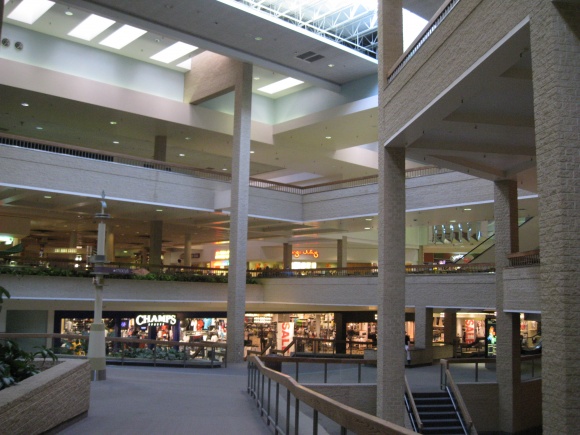
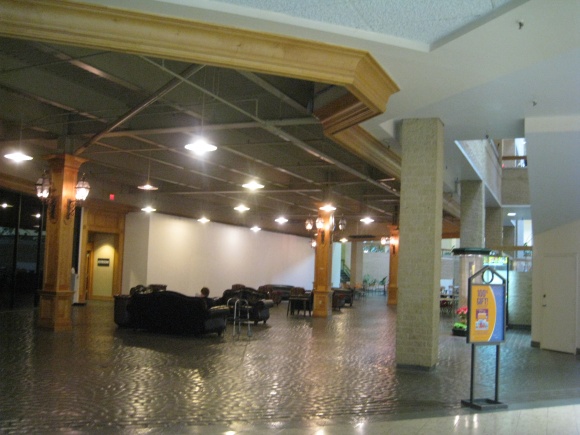
More recently, however, Century III entered a slow and steady period of decline, which steepened precipitously following competition from new, nearby developments, even despite a cosmetic renovation of the entire mall in 1996. The Waterfront, an outdoor mall with over 1 million square feet of retail space, including Macy’s and many mid-market mall stores like Abercrombie and Fitch, opened in 1999, and SouthSide Works, an outdoor retail and entertainment district, opened between 2002-2004. Both of these new outdoor developments opened along the south banks of the Monongahela River, just a few miles north of Century III Mall.
Although The Waterfront and SouthSide Works hampered Century III the most among its competition, other regional competitors also came a-callin’ to decimate Century III’s customer base even further. Two brand-new enclosed malls opened in the Pittsburgh area in the 2000s: The Mall at Robinson in Pittsburgh’s western suburbs, in 2001, and Pittsburgh Mills in the northeast suburbs, in 2005. These two malls continue to have a super-regional draw.
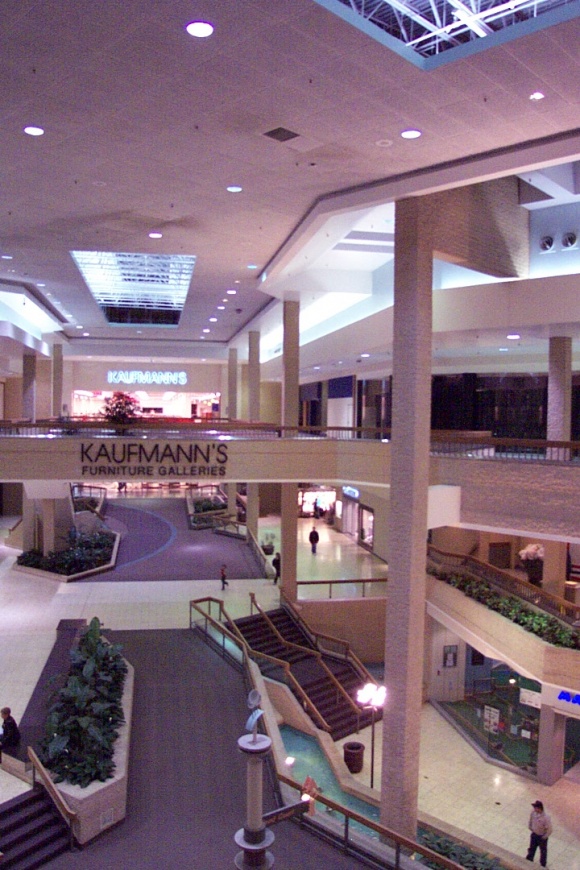 In addition to new malls, the extant malls in the region beefed up their offerings during the same period. North-suburban Ross Park Mall (a fine name for a mall, if I do say so myself) renovated and solidified its hold on that side of the city, eventually wooing Nordstrom. Monroeville Mall did the same for the east side and affluent suburbs like Penn Hills, home of presidential candidate Rick Santorum, and South Hills Village clinched a hold on the US 19 retail corridor south of the city. There’s no shortage of retail east or south of Century III either, as there are malls in both Westmoreland and Washington Counties.
In addition to new malls, the extant malls in the region beefed up their offerings during the same period. North-suburban Ross Park Mall (a fine name for a mall, if I do say so myself) renovated and solidified its hold on that side of the city, eventually wooing Nordstrom. Monroeville Mall did the same for the east side and affluent suburbs like Penn Hills, home of presidential candidate Rick Santorum, and South Hills Village clinched a hold on the US 19 retail corridor south of the city. There’s no shortage of retail east or south of Century III either, as there are malls in both Westmoreland and Washington Counties.
All of these other retail centers are also better positioned to serve Pittsburghers, located either on main highways or near affluent population centers, or both. Anyone who lives or is familiar with the transportation network in the Pittsburgh area knows how difficult getting around the region is, due to intense topography and three large rivers. There are no linear, flat highways anywhere in Pittsburgh, and getting around without a GPS or a sturdy map is a chore.
Successful retail centers in Pittsburgh have either easy access to freeways, like Mall at Robinson, Pittsburgh Mills, and Monroeville Mall, or placement in a dense population area, like The Waterfront and SouthSide Works. Ross Park Mall and South Hills Village aren’t on freeways, but are the centers of relatively affluent population areas, and anchors to massive retail strips along US 19 north and south of downtown. The area around Century III, while on a somewhat major thoroughfare heading southeast from Pittsburgh, is predominantly connected to a region that has seen better days. The Mon River Valley has been on a downward trajectory for almost the entire time the mall has been around, losing both population and jobs due to the exit of the steel industry, and has struggled to stay afloat economically, despite the nascent recovery in other parts of Pittsburgh.
Considering the mall’s most recent troubles, is its name an ominous harbinger of what’s to come for our nation during its third century? Perhaps it is a telling warning against the consumptive over-building of our landscape, and also the state of consumerism in general that Century III, like so many other regional malls, has become a deteriorating pock-mark of failure on the landscape in the third century of America. Or is it, instead, a carefully crafted example of capitalism reflected in the built environment? The site was, after all, recycled from a previous and not-so-nice use, and it had a good run. Maybe it’s time for a different use – but what?
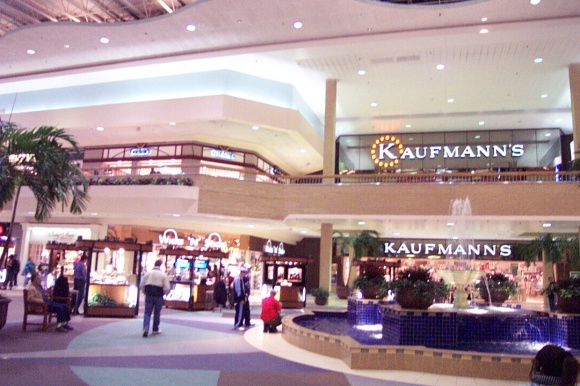 Nobody seems to really know what to do with the site. Furthermore, while on a downward spiral, the mall’s not quite dead enough to seriously begin drafting plans for redevelopment. I imagine, though, that in a few years the breaking point will emerge and Century III will totally fail, unless proactive intervention helps to bolster the mall. I fully expect the former, though, and would be very surprised (yet hopeful) for the latter.
Nobody seems to really know what to do with the site. Furthermore, while on a downward spiral, the mall’s not quite dead enough to seriously begin drafting plans for redevelopment. I imagine, though, that in a few years the breaking point will emerge and Century III will totally fail, unless proactive intervention helps to bolster the mall. I fully expect the former, though, and would be very surprised (yet hopeful) for the latter.
On a more personal note, I love Pittsburgh and feel that it’s one of the most underrated cities in the country. The world class museums, architecture, fine arts, and educational offerings there are on par with many other cities of less ill repute. There’s a heck of a lot to do in Pittsburgh – more than you can wrap your gum bands around. Pittsburgh’s real gems, though, are its neighborhoods. Separated by a rather intense topography, Pittsburgh’s neighborhoods are not only unique and well-defined, but intensely provincial – and people care about them. I love that Pittsburgh is so rooted in place that even the collapse of the entire steel industry didn’t turn it into a Detroit, or even a Cleveland. Sorry, Cleveland, at least you’re not Detroit. Pittsburghers even have their own regional accent and lexicon, independent from everywhere else. Sure, there are parts of the city, and the region, that are no doubt worse for wear, but the city still has so many cultural gems and so many neighborhoods that have walkable districts, unique shops and active street life.
They also have Century III Mall, which is an amazing gem as well if you can appreciate such things as shopping malls, and if you’re reading this blog you probably know what I’m talking about. We visited Century III Mall in March 2004, and again in Summer 2010. Feel free to leave your own anecdotes and reactions on the comments page.
Century III Mall elsewhere on the web:
2004:
2010:



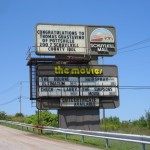
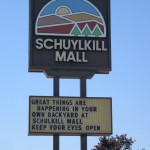
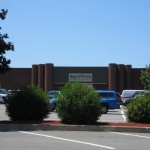
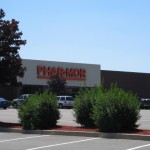
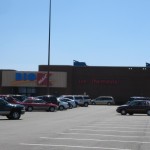
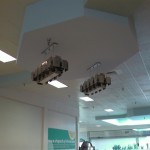
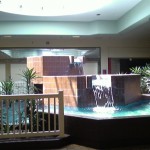
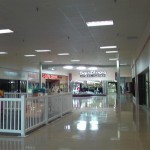
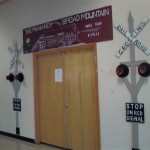
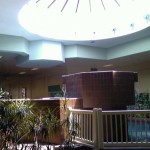
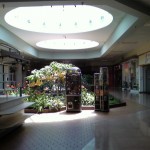
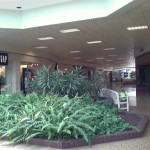
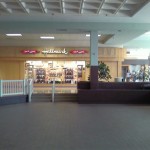
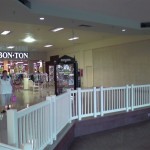
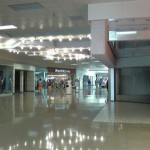
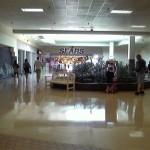
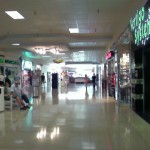
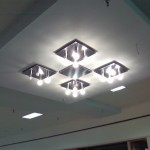
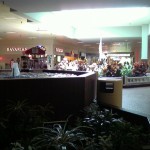
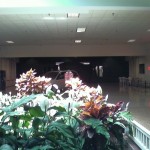
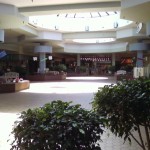
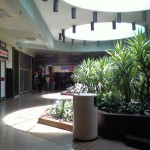
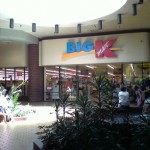
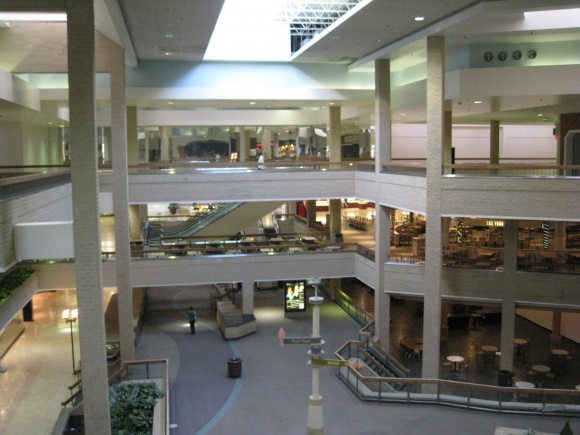 Neatly perched atop a giant slag pile nine miles southeast of downtown Pittsburgh,
Neatly perched atop a giant slag pile nine miles southeast of downtown Pittsburgh, 






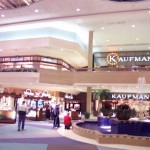
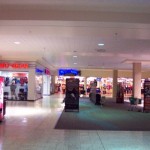
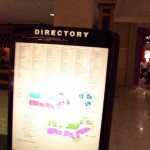
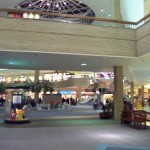
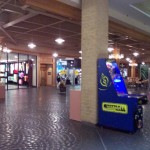
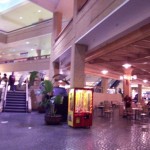
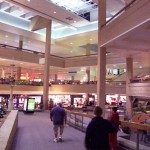
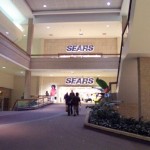
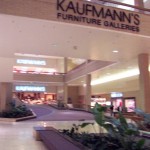
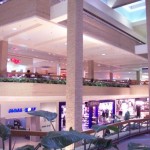
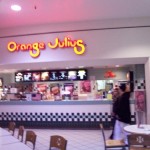
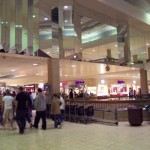
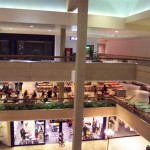
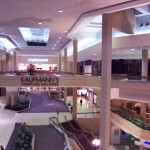
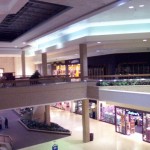
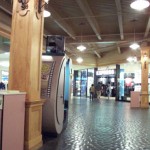
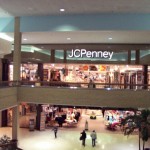
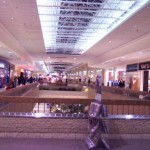
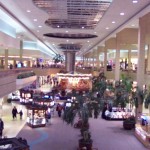
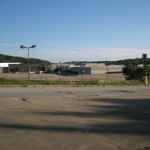
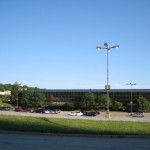
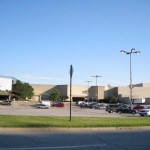
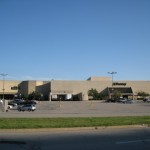
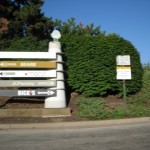
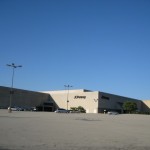
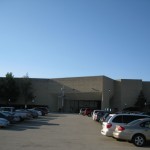
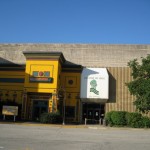
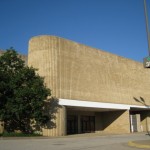
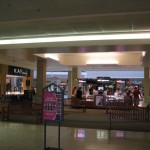
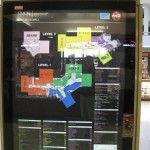
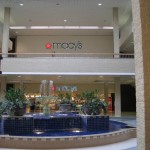
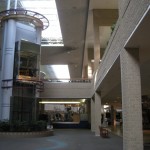
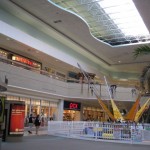
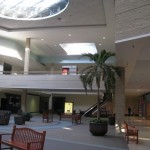
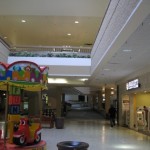
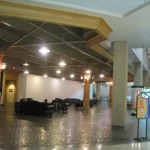
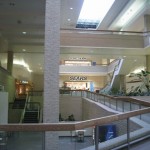
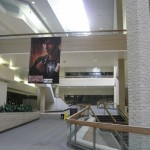
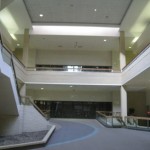
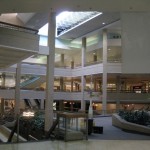
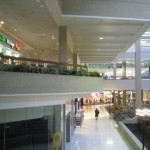
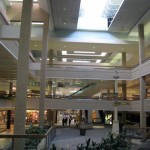
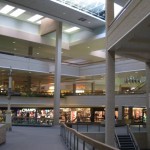
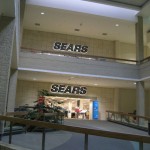
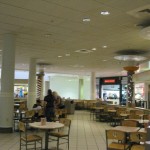
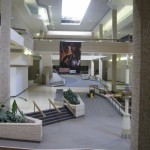
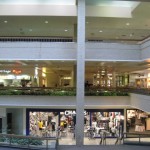
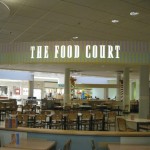
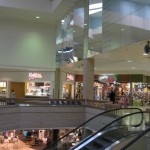
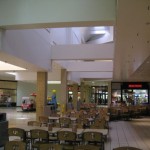
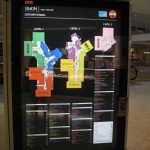
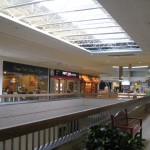
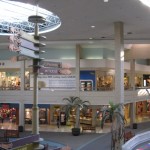
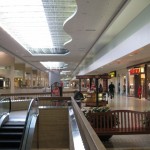
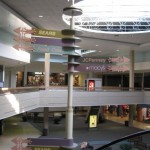
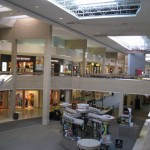
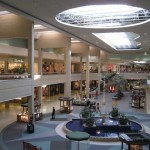
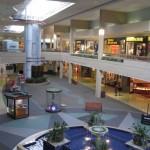
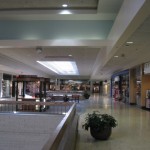
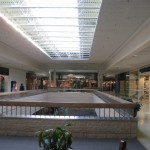
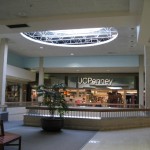
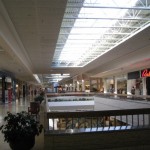
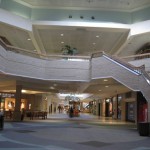
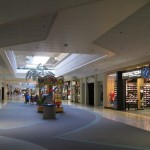
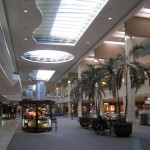
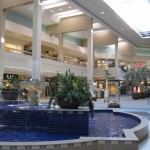

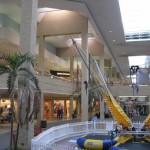
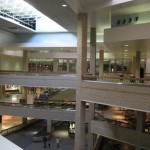
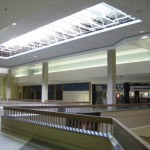
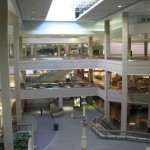
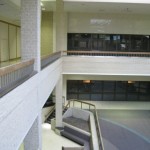
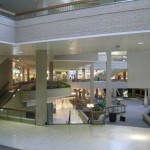
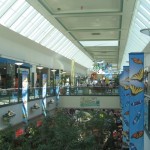
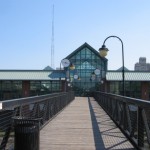
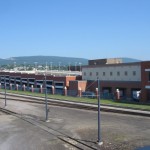
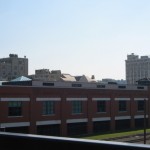
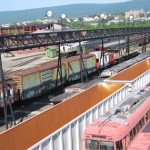
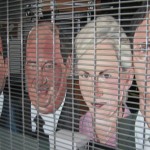
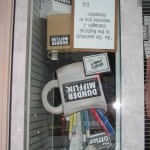
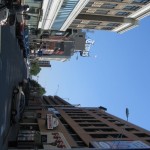
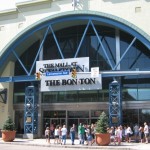
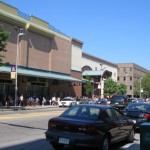
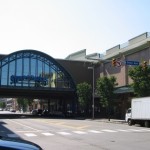
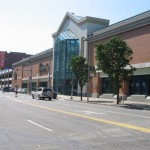
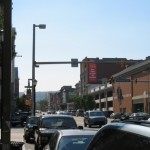
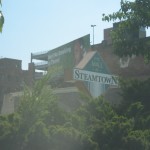
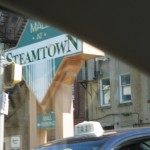
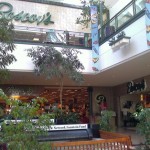
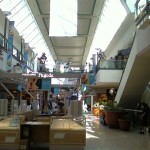
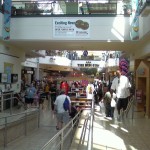
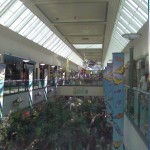
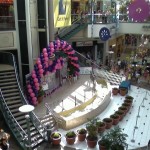
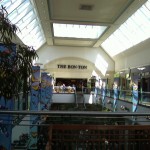
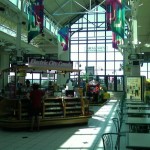
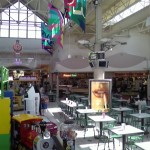
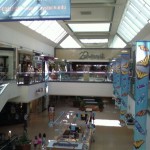
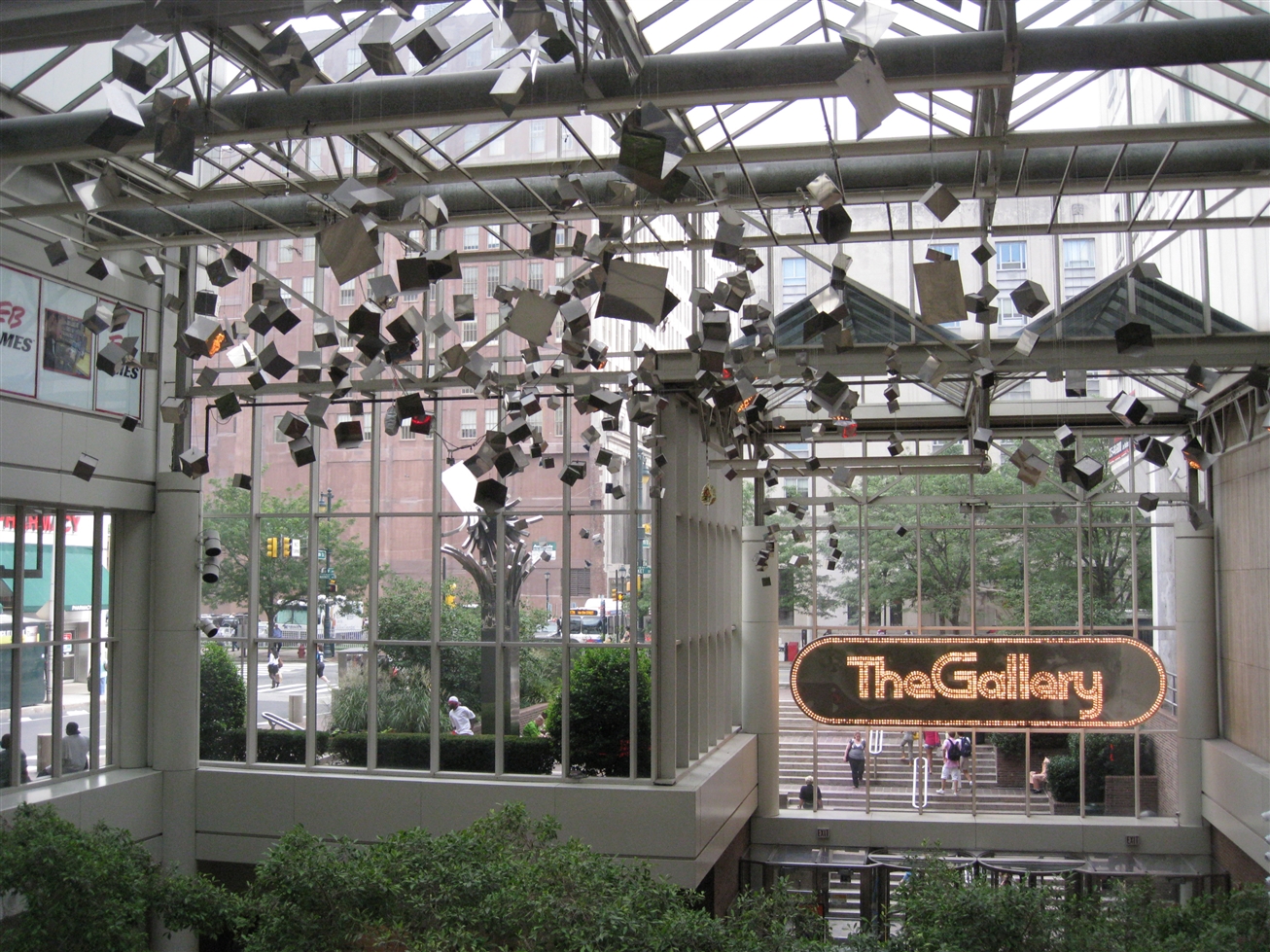
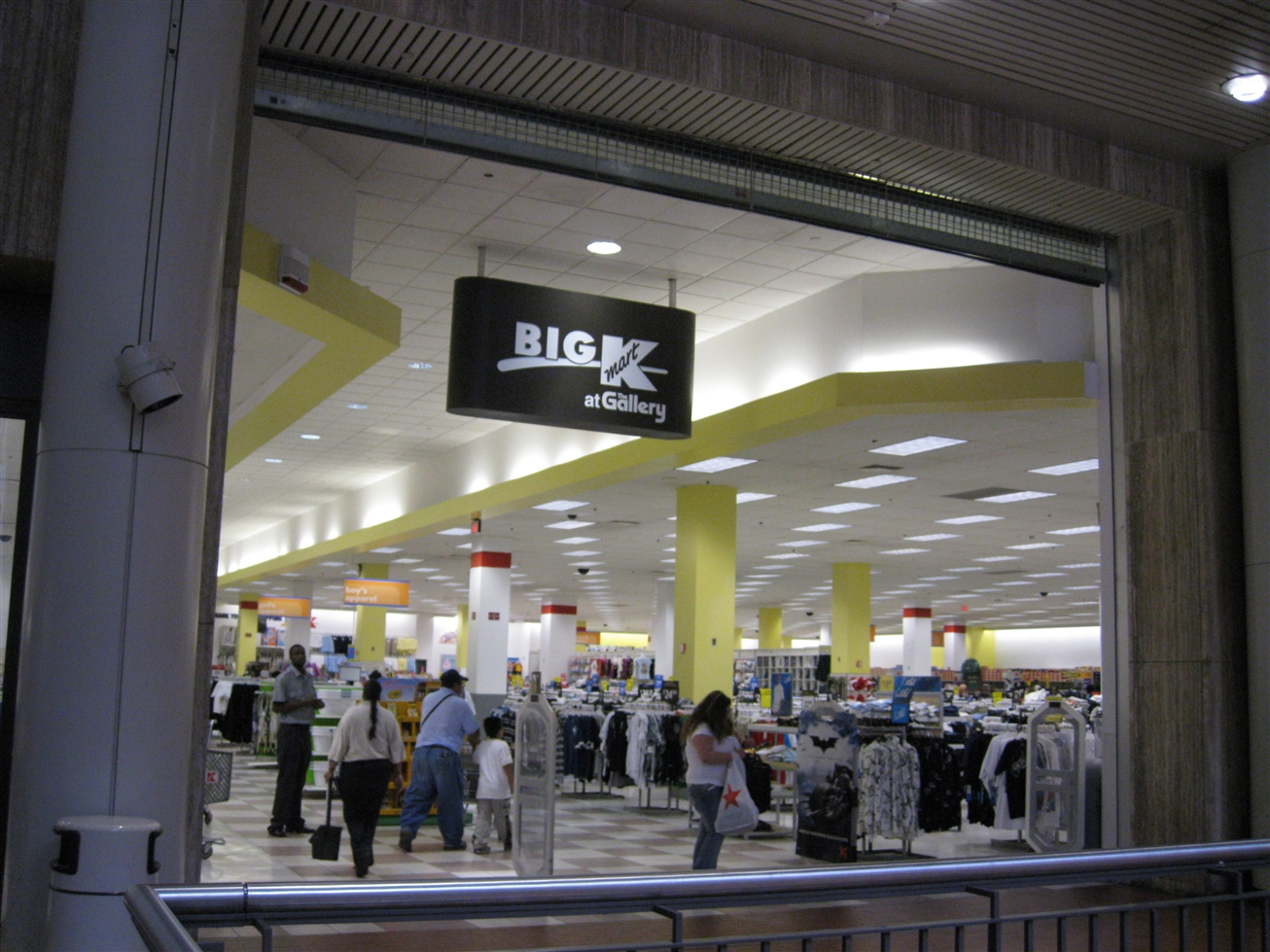
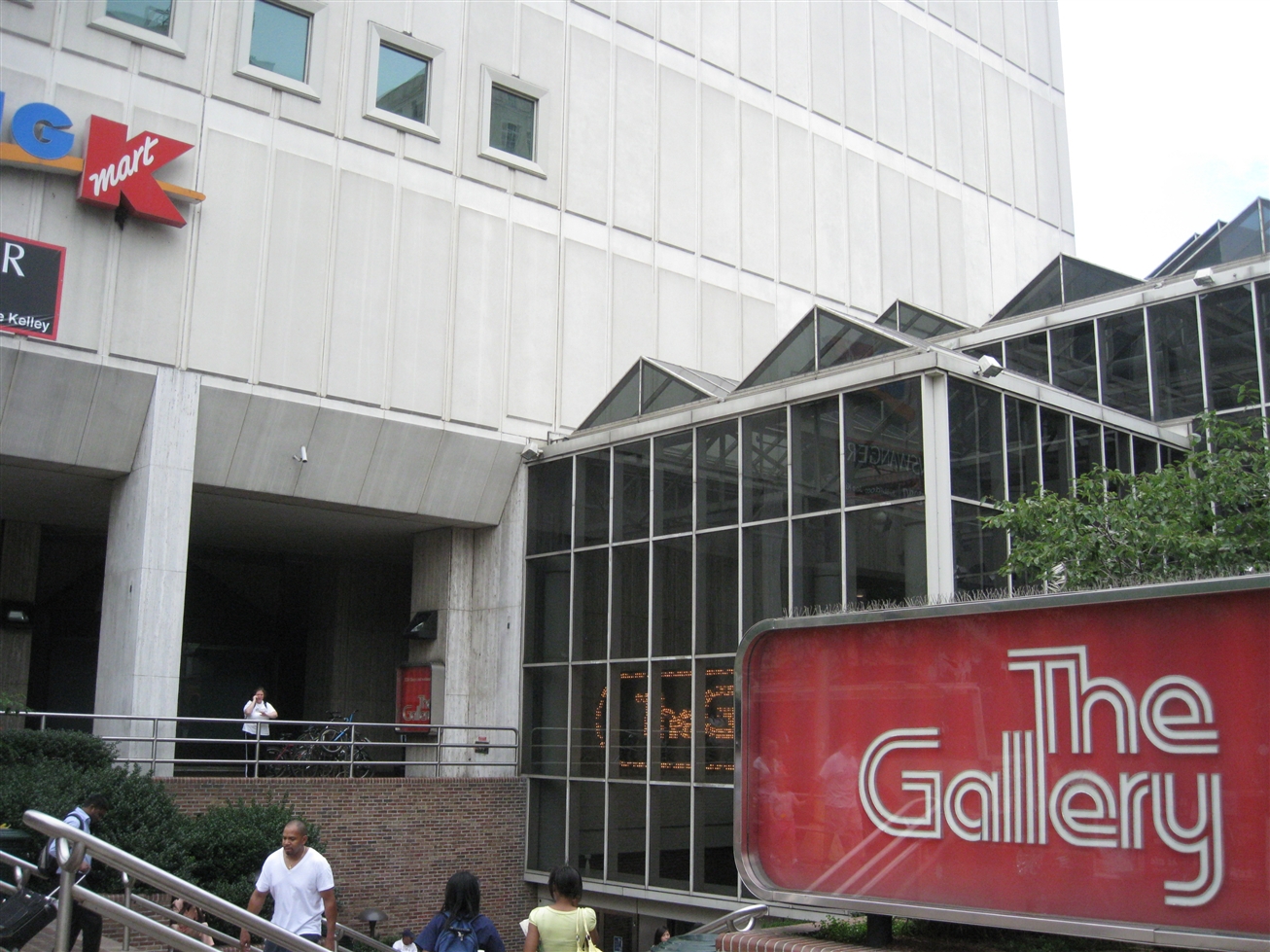
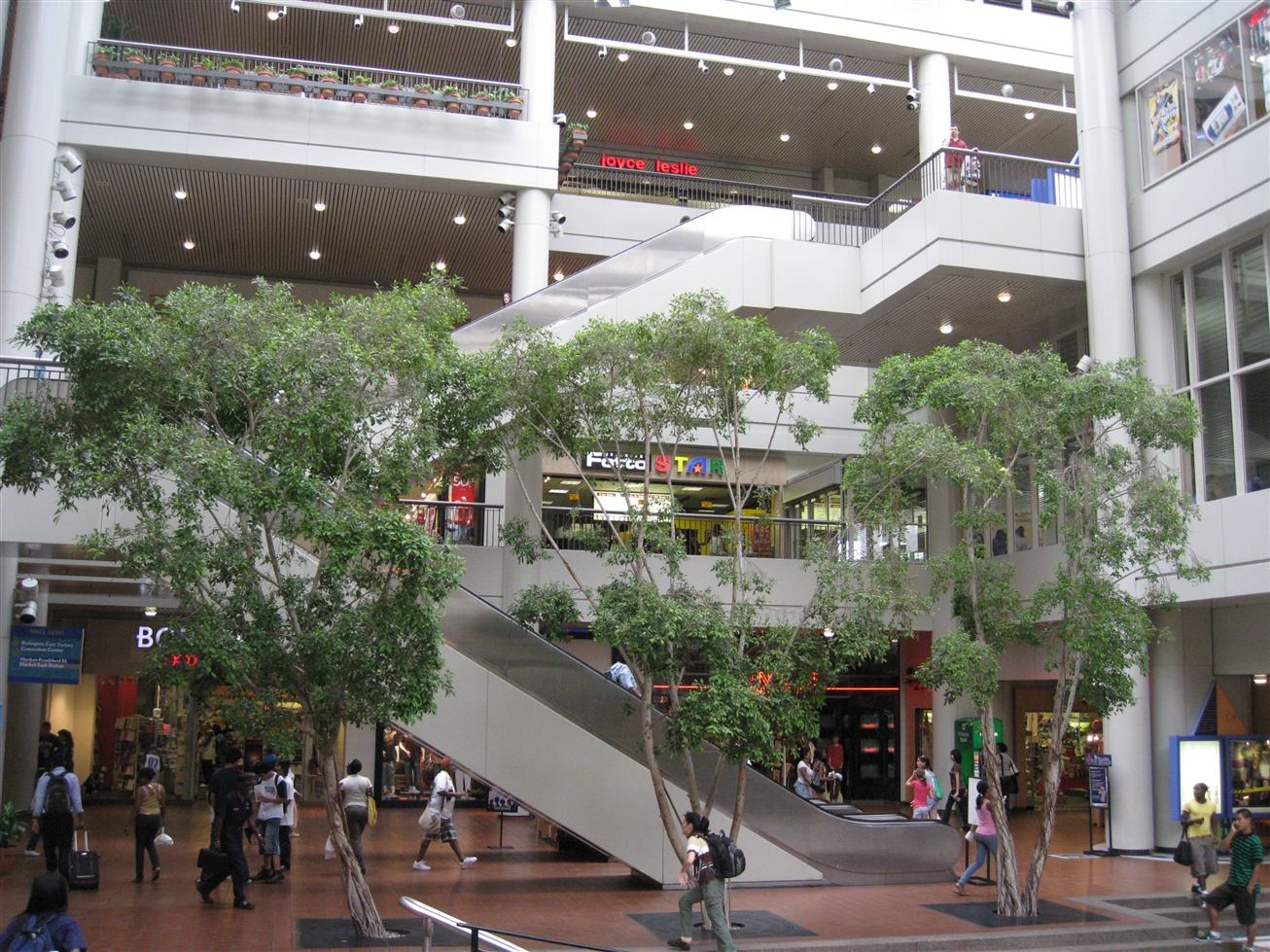
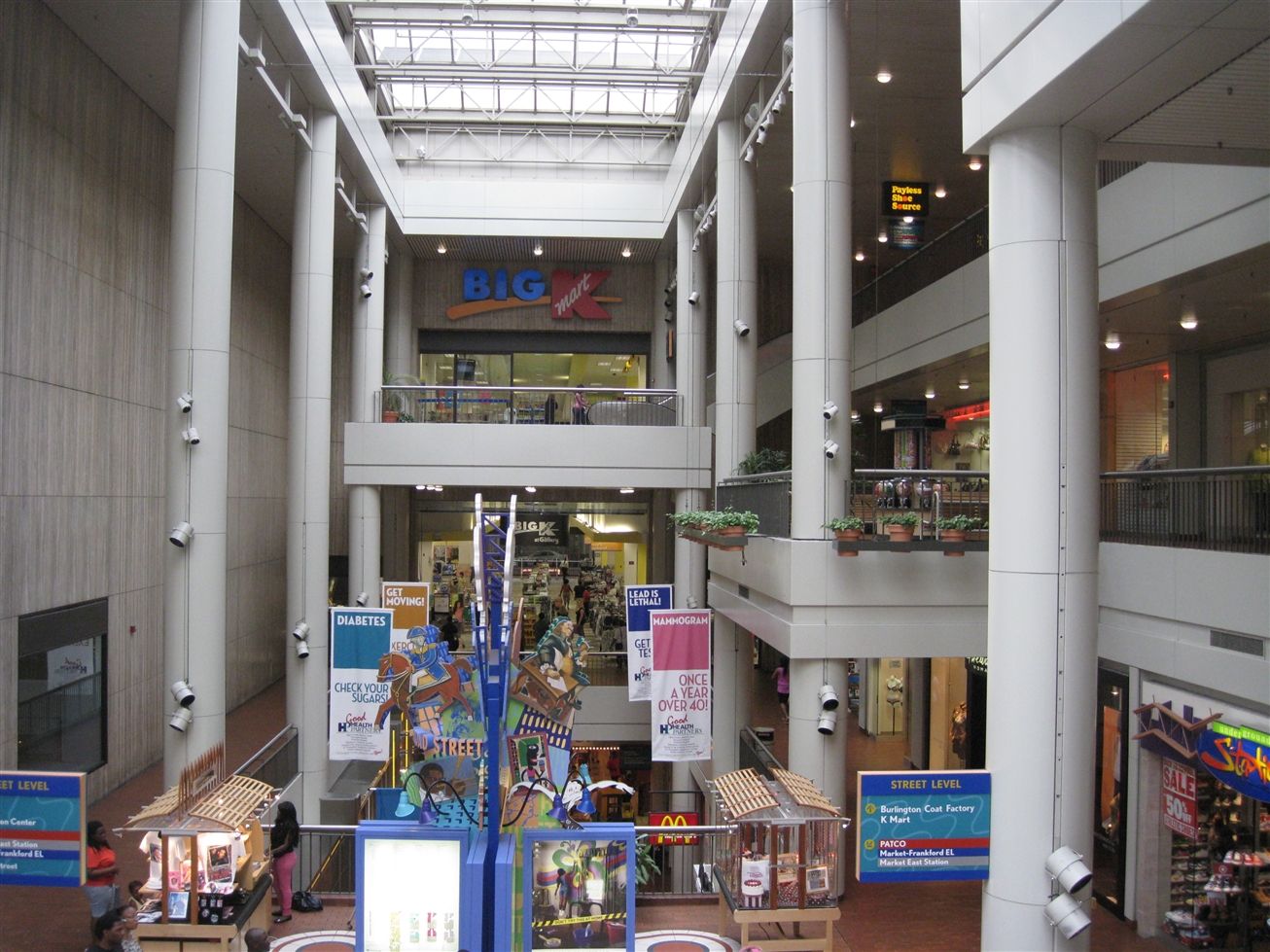
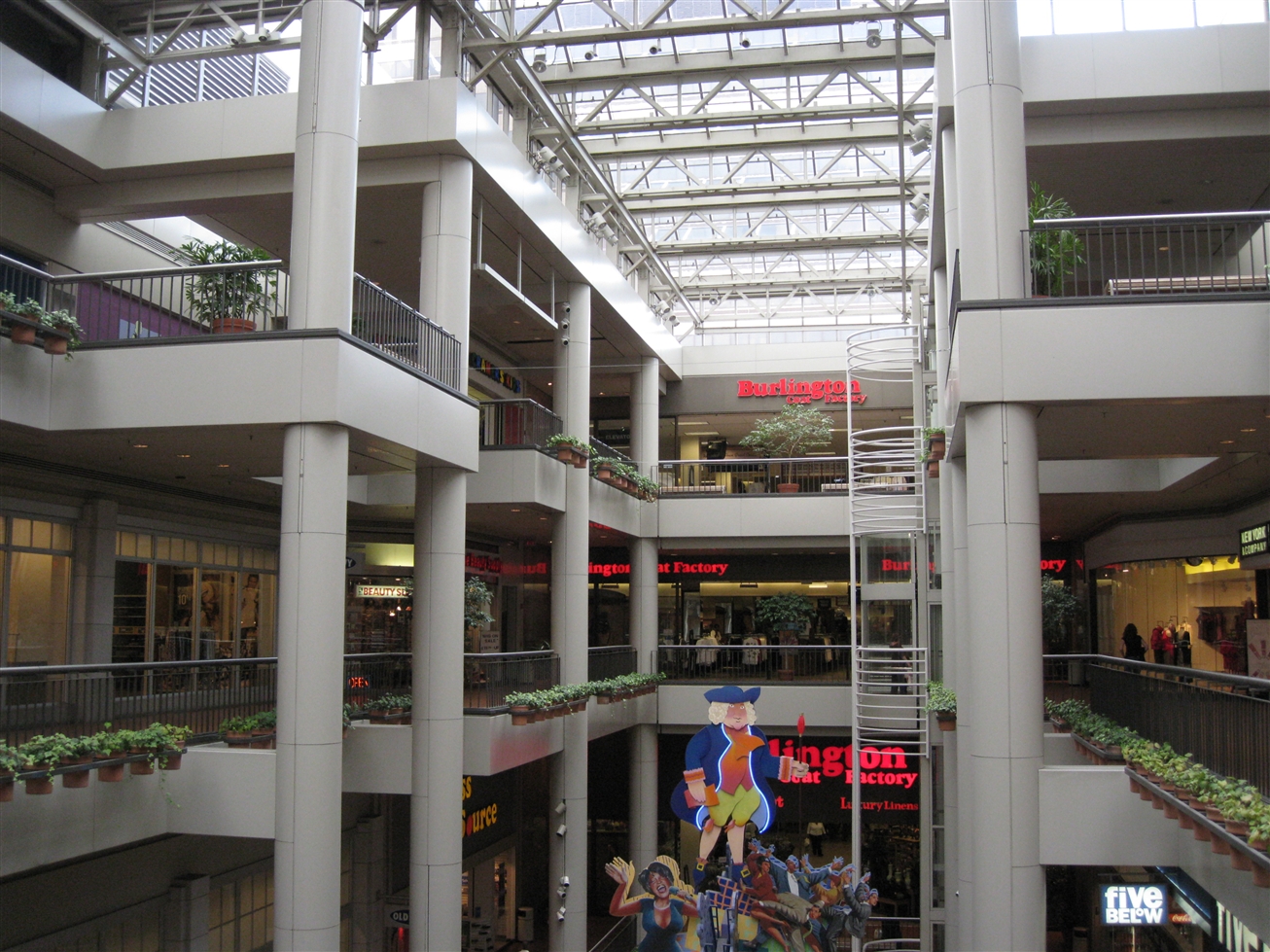
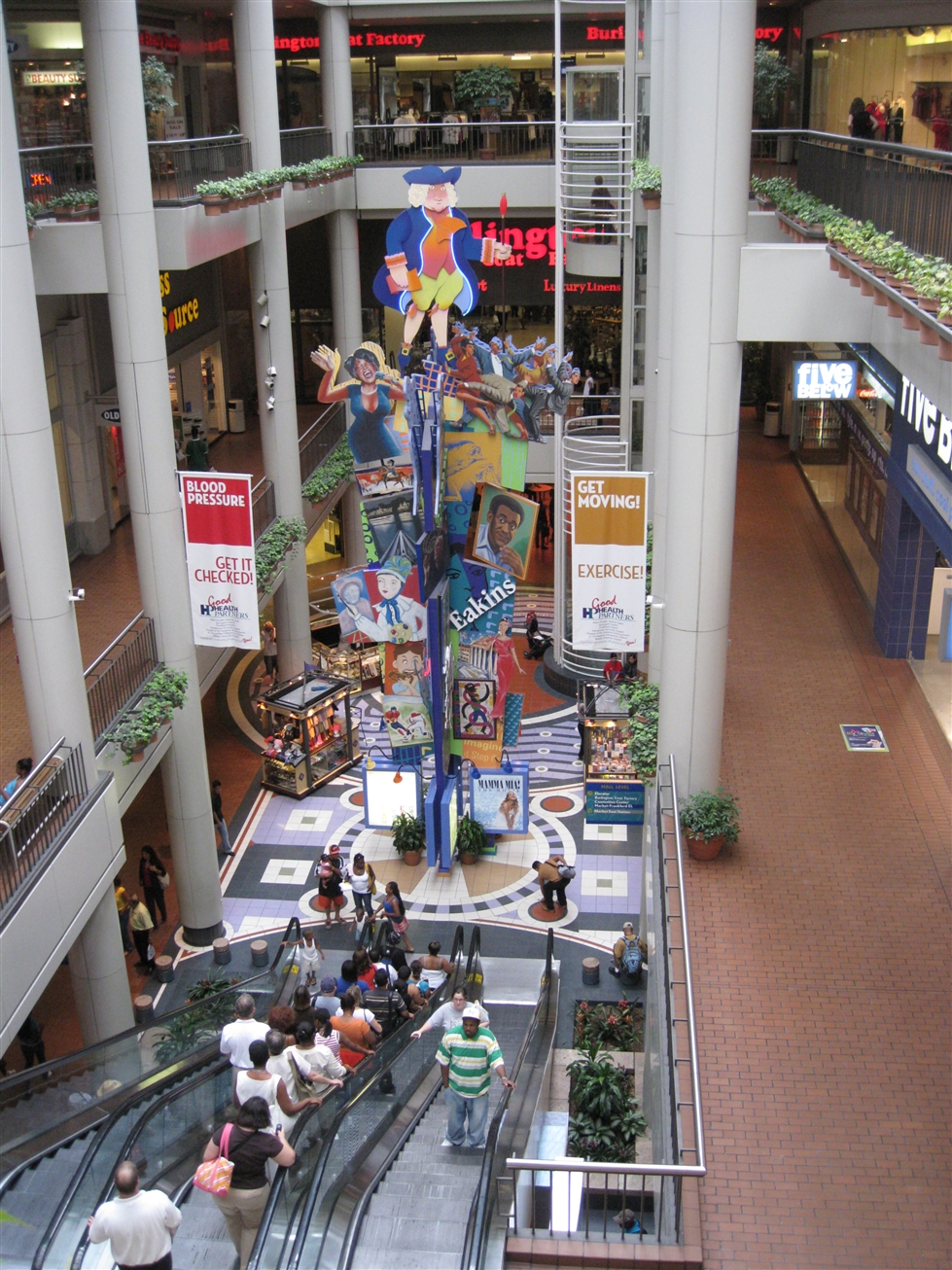
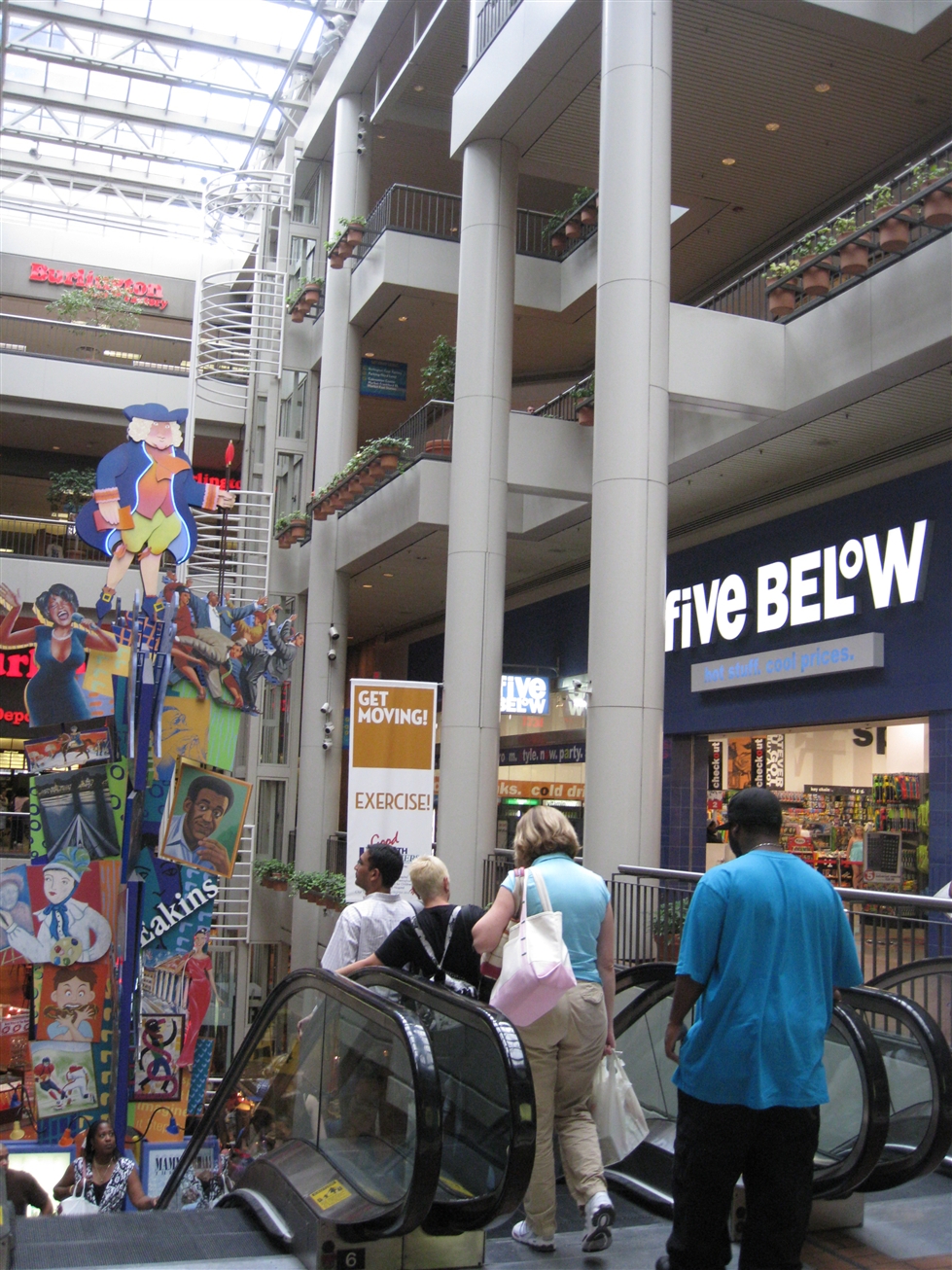











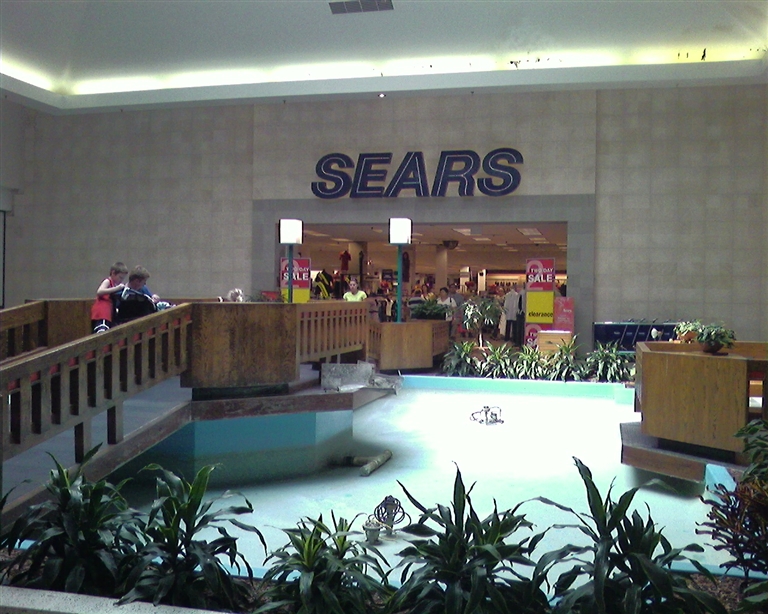
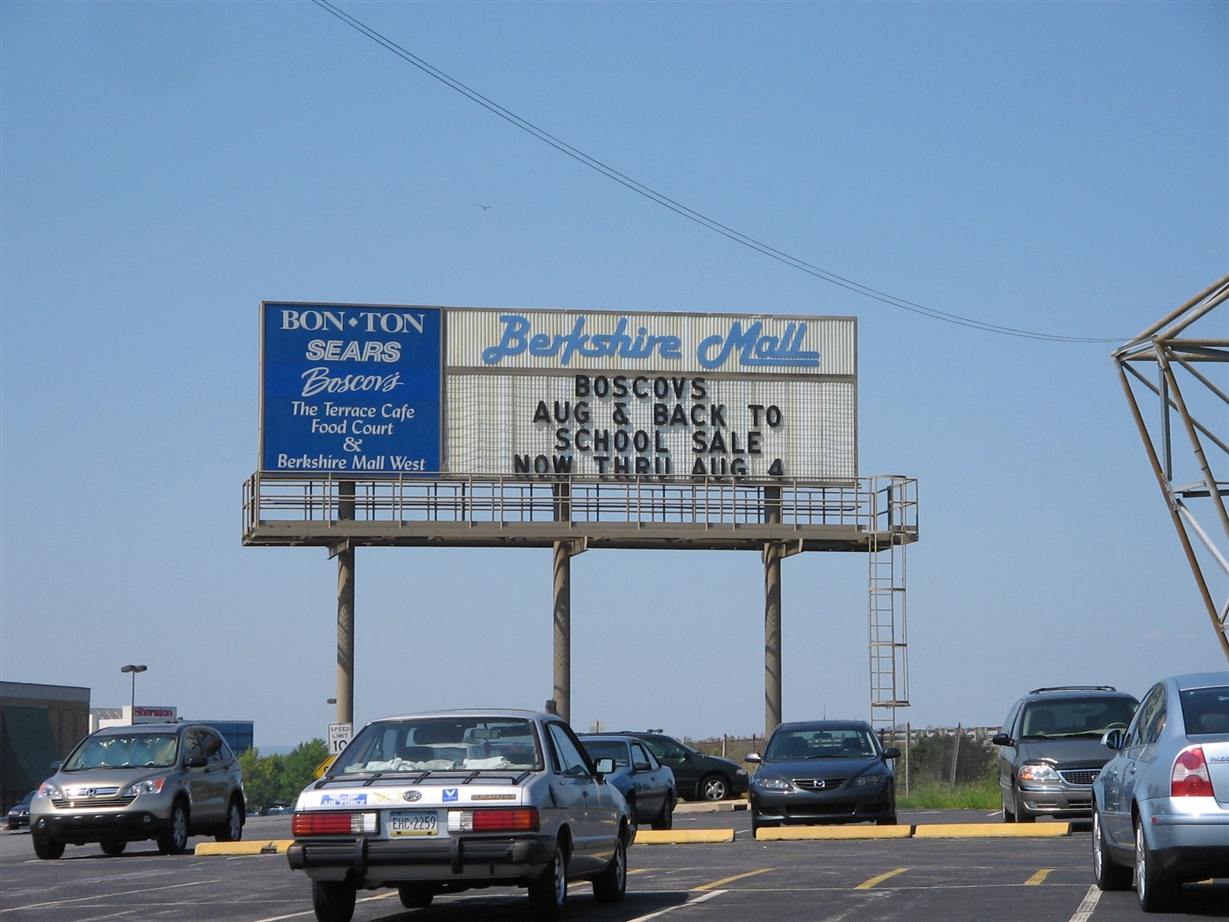
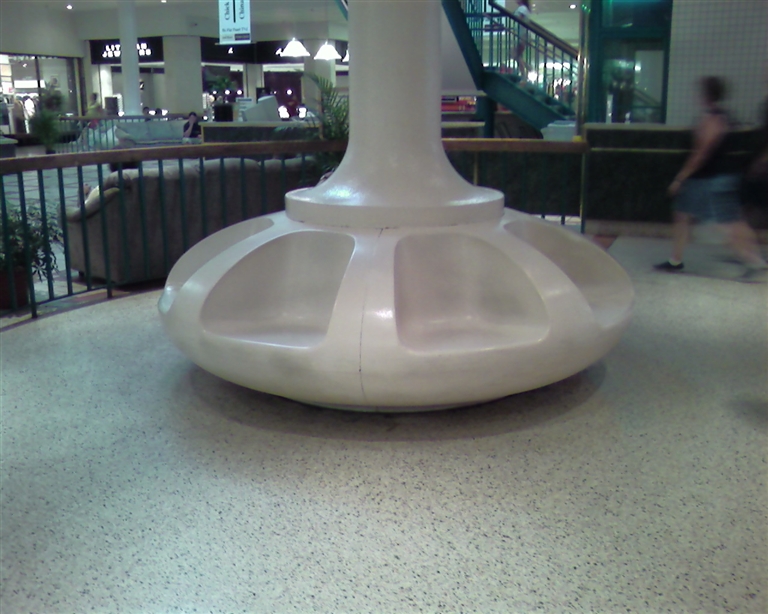















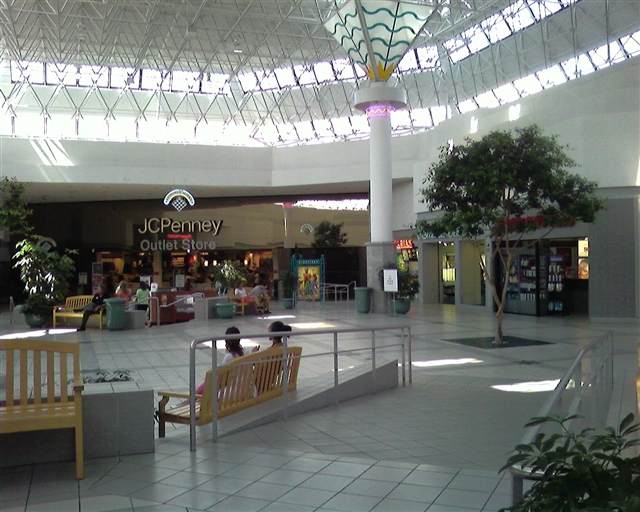
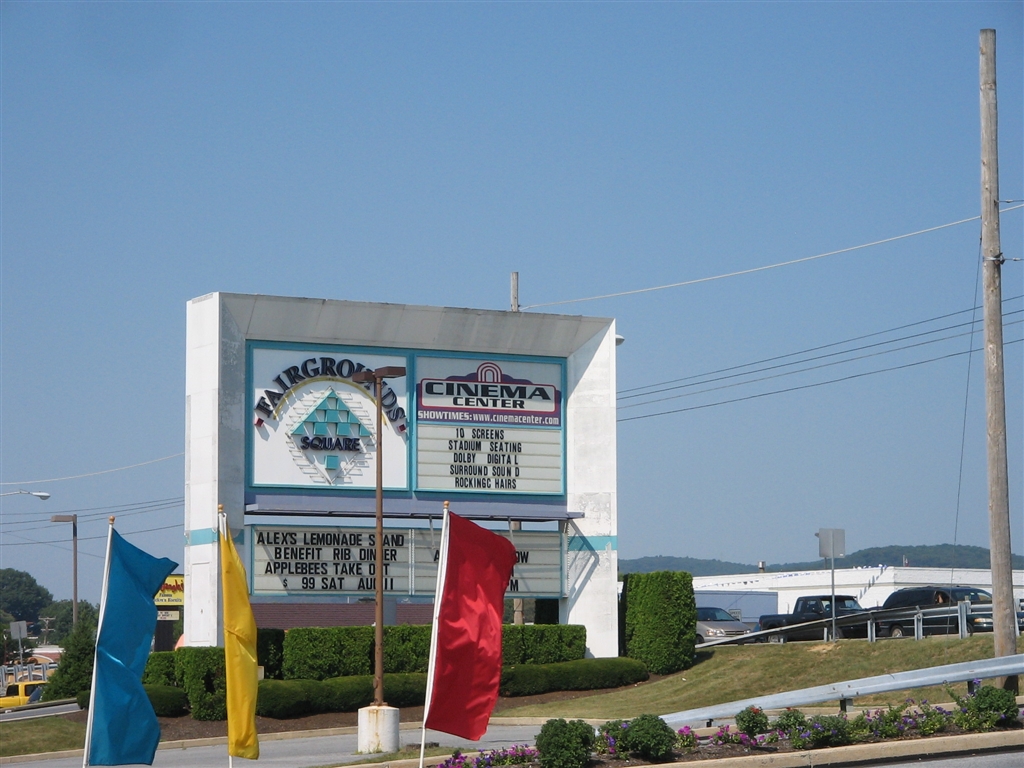




















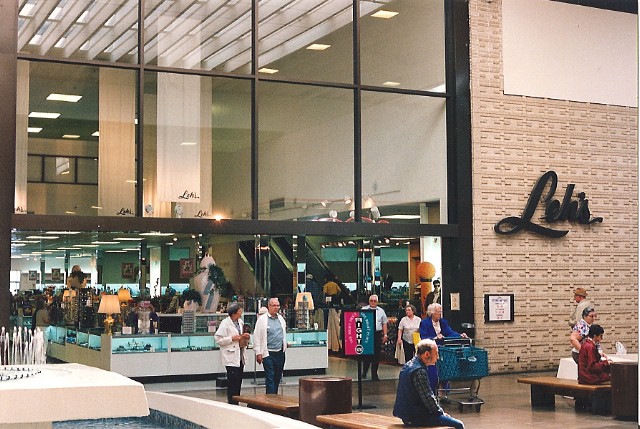
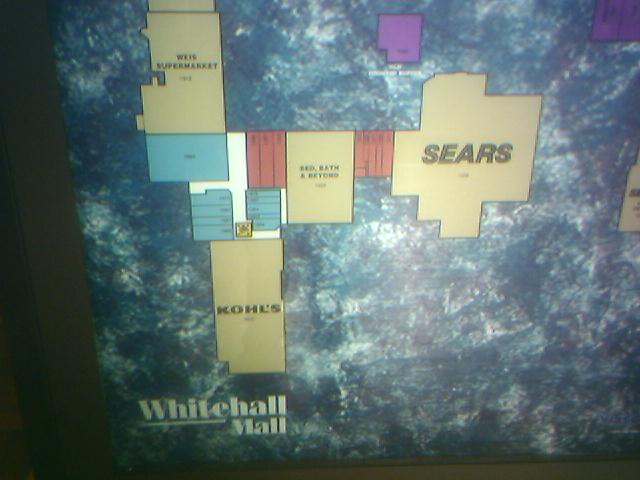
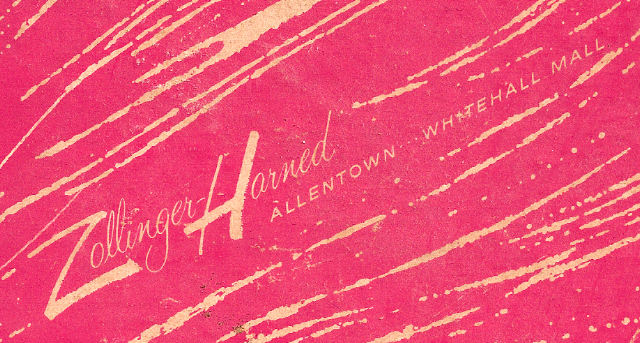











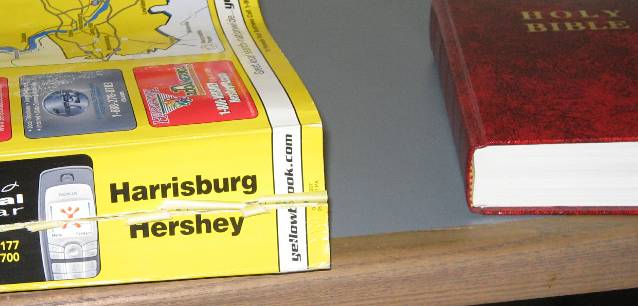
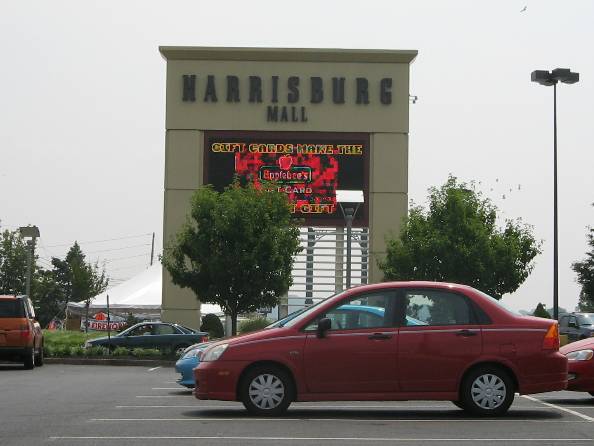












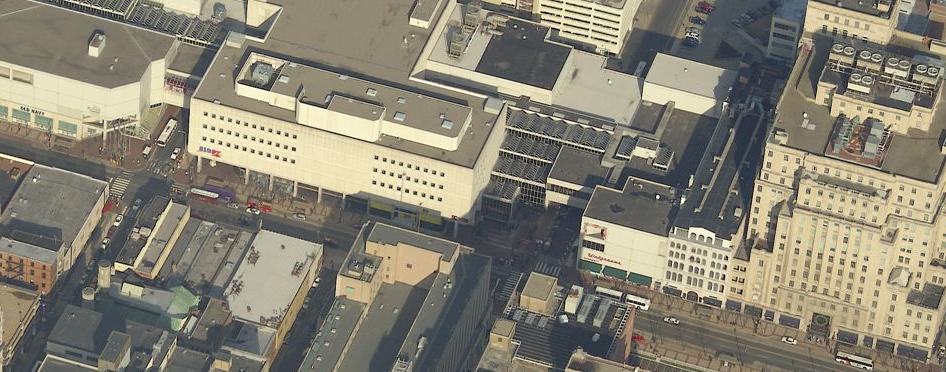
 The historic Strawbridge’s store, which opened in 1931, is attached to the aging, 1,100,000 square foot
The historic Strawbridge’s store, which opened in 1931, is attached to the aging, 1,100,000 square foot 